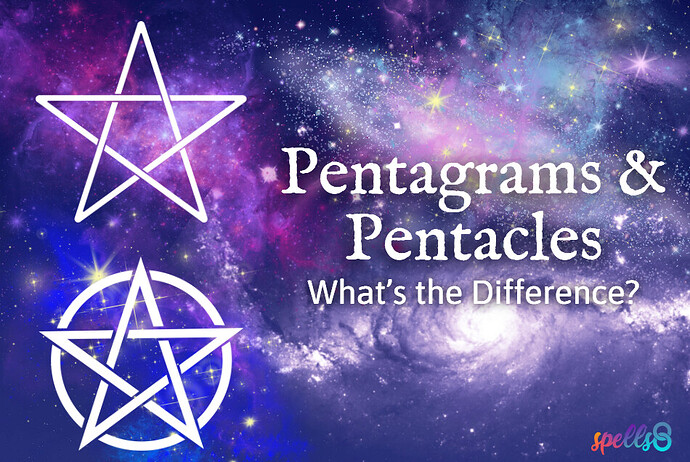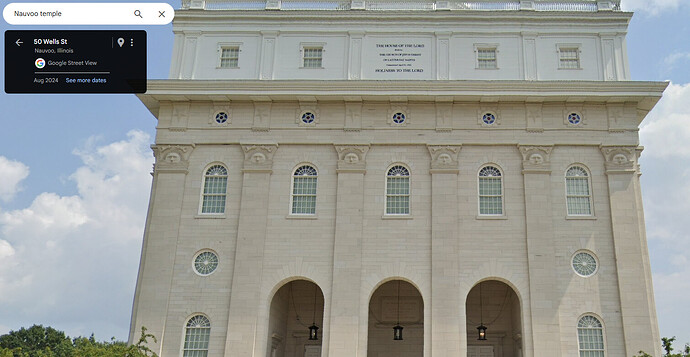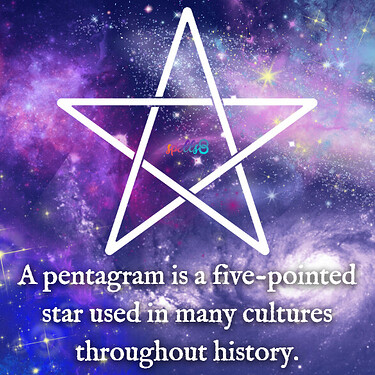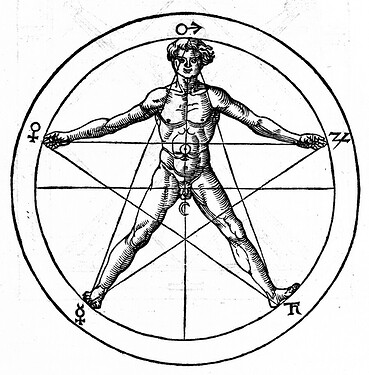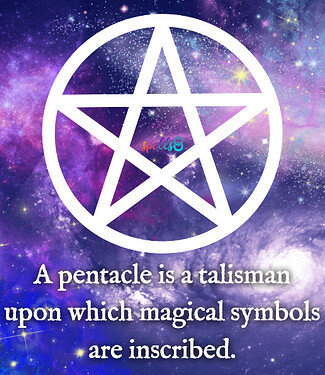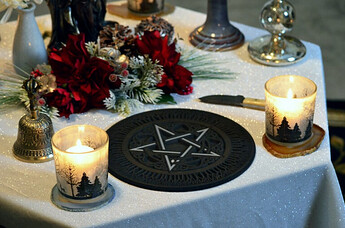The pentagram and pentacle are the two most confused symbols in the witchcraft community. They look similar but have very different meanings and uses behind them. There are even some things about the pentacle that I didn’t learn until writing this post!
So, let’s take a moment to learn about both the pentagram and pentacle, how they differ, and how they are used in magical practices today!
Confusing Symbols
It’s no secret that these two symbols are often confused. Even a basic search on the internet for the differences between the two will yield a large number of articles, images, and videos! Why are they so confusing, though? Well, for starters, the pentagram and modern-day pentacle look very similar! The only difference between the two is that the pentacle is a pentagram enclosed in a circle. Though they are similar, their histories and uses are very different – from ancient societies to modern-day practitioners, we will look at both symbols on their own.
The Pentagram
At its very basic definition, the pentagram is a five-pointed star. The name comes from the Greek word pentagrammon (πεντάγραμμον), further broken down into parts as pente (πέντε), “five”, and grammē (γραμμή), “line”. The symbol itself has no specific mystical purpose. However, over the centuries, cultures around the world have given it a meaning of their own. Here are several different ways the pentagram has been used throughout history.
-
You can find the pentagram on ancient Sumerian pottery, dating as far back as 3500 BCE – remember, that’s BCE, so it is more than 5000 years ago!
-
The pentagram is also a symbol of Ishtar, the ancient Mesopotamian Goddess of love, war, and fertility.
-
According to one website, the pentagram was a symbol of Jerusalem for a short period of time from 300 - 150 BCE. It is said that the pentagram represented justice, mercy, and wisdom.
-
In some Christian beliefs, the pentagram represents the five wounds of Christ or the five senses.
-
Today, the pentagram is used in Thelema and many other magical traditions around the world. This includes Wicca, the Baháʼí Faith, Satanism, and even The Church of Jesus Christ of Latter-day Saints!
A screenshot I took of the Nauvoo LDS Temple in Illinois; from Google Maps Street View
If you look closely, you can see a row of inverted pentacles toward the top of the building.
One thing that people just can’t seem to agree on is whether the inverted pentagram is a sign of evil. Writer Éliphas Lévi might have been the first to suppose this was true, saying that “a reversed pentagram, with two points projecting upwards, is a symbol of evil and attracts sinister forces because it overturns the proper order of things and demonstrates the triumph of matter over spirit.”
However, Crowley believed the inverted pentagram represented the descent of spirit into matter. Rather than being evil, he believed it was a way to symbolize the flow of spirit and energy from the Universe to mankind. This was in direct opposition to both Éliphas Lévi and the Hermetic Order of the Golden Dawn.
The Pentacle
This is a symbol that every which knows and loves, right? Well, you might be mistaken! Let me be the first to say that I was intrigued by the Wikipedia article for the Pentacle because it had a lot of information in it that I just didn’t know. So, I am going to share some of that information with you and we can learn together!
So, first, by definition a pentacle is not a five-pointed star enclosed in a circle – yes, you read that right. A general pentacle is not a pentagram in a circle like we all (or most of us…) were taught. To be fair, this is the modern definition that most people use, but I think its important to understand the history of a word and how it evolved.
The word “pentacle” was first recorded in French in the 1560s, and the original meaning was simply a talisman that one would inscribe a magical symbol on. Etymology Online takes it a bit further and says this:
The Oxford English Dictionary in earlier editions (2nd edition 1989) went on to say that “some would connect it” with the Middle French word ‘pentacol’ (1328) or ‘pendacol’ (1418), a jewel or ornament worn around the neck (from pend- hang, à to, col or cou neck)
The first use of pentacles in literature, as defined above, comes from the 16th century in two different grimoires: the Heptaméron by pseudo-Pietro d’Abano, and the Key of Solomon. There is only one pentacle in the Heptaméron, but the Key of Solomon contains a lot of pentacles, but only one is pentagram-like.
Man inscribed in a pentagram, from Heinrich Cornelius Agrippa’s De occulta philosophia libri tres. The five signs at the pentagram’s vertices are astrological.
Another interesting piece of information is that the pentacle is known as a “pantacle” in Thelema. It may be a different spelling due to etymology, or it is simply the way Crowley decided to do it. If I am not mistaken, Thelema and the pantacle is where we get the first connection of the pentacle being associated with the element of Earth. Here is what Crowley had to say about the creation of an individual’s pantacle:
There is, therefore, nothing movable or immovable under the whole firmament of heaven which is not included in this pantacle, though it be but “eight inches in diameter, and in thickness half an inch.” Fire is not matter at all; water is a combination of elements; air almost entirely a mixture of elements; earth contains all both in admixture and in combination. So must it be with this Pantacle, the symbol of earth.
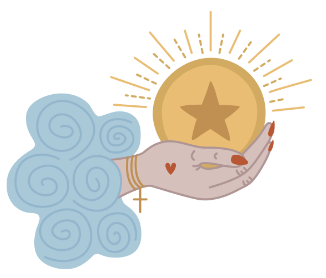
Today, pentacles are synonymous with the symbol most witches know: the star in a circle. However, it is very interesting to know that the original meaning of the word connects it back to a symbol of great power used for protection!
The pentacle as we know it is mainly used by witches and Wiccans, though Thelemites and other occultists may use it, too. In Wicca, each point of the pentacle represents a different classical element, with the top point of the star representing Spirit.
Uses In Witchcraft
Now that we have those bits of history out of the way, I want to talk about some ways you might see the pentacle and pentagram show up in different magical practices. This is not an exhaustive list, and if you feel called to use the symbol in a different way then more power to you! This symbol does not belong to any specific religion or culture, so you are free to adapt it to your practice and needs however you want.
Pentacles in Tarot
If you read tarot, you will recognize the Pentacles as one of the four suits of the deck. In tarot, the Pentacles keep the connection to the Earth Element that we saw from above. They represent all manner of the physical and material world. They also relate to the concepts of wealth, prosperity, stability, family, and home life.
Protective Magic
The pentacle is not just a modern protective talisman! We can find examples of the pentacle and pentagram being used as a protective symbol going back hundreds of years. There are two examples from different folklore, both German and Icelandic, in which the pentagram was used for protection.
In Faust, a German play by Goethe, a pentagram stops Mephistopheles from leaving a room.
Mephistopheles:
I must confess, I’m prevented though
By a little thing that hinders me,
The Druid’s-foot on your doorsill–Faust:
The Pentagram gives you pain?
Then tell me, you Son of Hell,
If that’s the case, how did you gain
Entry? Are spirits like you cheated?Mephistopheles:
Look carefully! It’s not completed:
One angle, if you inspect it closely
Has, as you see, been left a little open.
In Icelandic folklore, the pentagram was used as a gesture rather than a drawn symbol. It is worth noting for this quote that the “buttermilk-knot” mentioned is shaped like a star.
A butter that comes from the fake vomit is called a fake butter; it looks like any other butter; but if one makes a sign of a cross over it, or carves a cross on it, or a figure called a buttermilk-knot, it all explodes into small pieces and becomes like a grain of dross, so that nothing remains of it, except only particles, or it subsides like foam. Therefore it seems more prudent, if a person is offered a horrible butter to eat, or as a fee, to make either mark on it, because a fake butter cannot withstand either a cross mark or a butter-knot.
Today, many witches and magical people use the symbol of the pentagram and pentacle alike to create protective charms and talismans. From jewelry to tattoos and everything in between, I don’t think the protective quality of these symbols is going anywhere any time soon.
Pentacles and the Earth Element
The pentacle is a physical and visual representation of the classical element of Earth. You can see this in art, tarot cards, and spells. This is also a very important tool in many Wiccan traditions as the pentacle is a physical representation of Earth on the altar.
Lesser Ritual of the Pentagram
The last use I will mention here is very popular in occult spaces. This is the Lesser Banishing Ritual of the Pentagram and the Lesser Invoking Ritual of the Pentagram. These two rituals come from ceremonial magic and are used to banish chaotic or impure forms of the elements from the practitioner’s circle and invoke more pure forms of the elements into the circle, respectively.
These rituals are generally very elaborate, using gestures, visualization, and the precise pronunciation of different power words. These rituals also call on the four archangels connected to the four classical elements to protect and guard the circle for the occultist. Many occultists will perform the Lesser Banishing Ritual of the Pentagram on a daily basis, while others only perform it before a larger ritual.
There’s More!
Yes, that’s not all! The pentagram and pentacle aren’t the only symbols used by witches and occultists. We have more symbols to explore on the main site, so feel free to check them out!
If you use the pentacle or pentagram in your practice, let me know how you use it in the comments below! ![]()
![]()
![]()
![]()
![]()
![]()
![]()
![]()
![]()
![]()
![]()
![]()
![]()
![]()
- Celtic Pentacle: Spiritual Meaning, Symbolism & Power – Spells8
- The difference between a pentagram and a pentacle? - Witchy Wisdom - The Spells8 Forum
- 10 Common Occult Symbols – Do You Know Them All? – Spells8
Wikipedia Article Links
